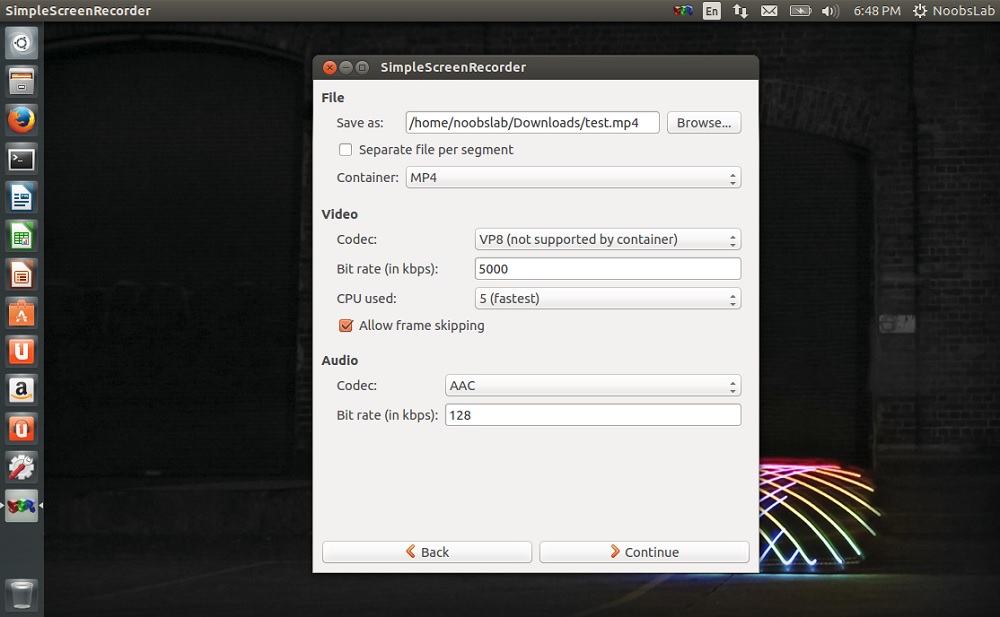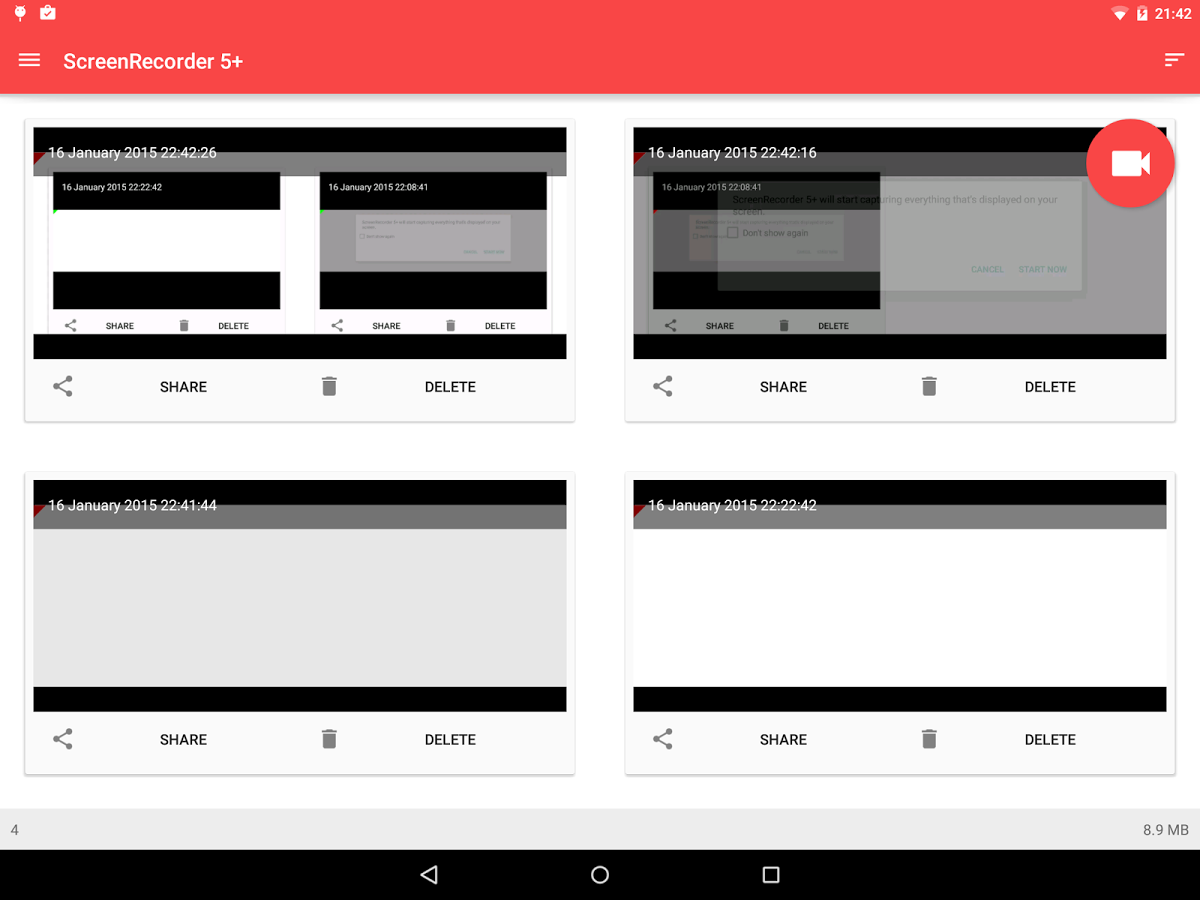


After running this command, reboot your system and it will automatically boot to console / text mode every time.ĭon't know the current systemd target used on your system? Use this command, which will show the currently set target:Įxtra tip: using this, your Linux computer will boot to tty1 (text-only virtual console). This command sets text mode as the default systemd target (runlevel as it used to be called before systemd). Sudo systemctl set-default multi-user.target Getting your Linux system to always boot to console (text / tty) mode is as easy as running a single command: Permanently booting to text mode (console mode)
Arch linux screen recorder password#
Use this for example to reset a lost user / administrator password on Ubuntu, Linux Mint, Elementary OS, etc.Ĭase B. This allows access to the filesystem in read-only mode for read-write use mount -o remount,rw /. Select this entry and hit the Enter key, and you'll get to a menu that, among others, allows you to drop to root shell prompt - when selected, your system continues to boot to the command line and not a graphical user interface, allowing you to login using your root password. So in case you use Debian / Ubuntu or some Linux distribution based on it, get to the GNU GRUB menu as explained above, then select Advanced options, and from the new list that comes up select the first entry that ends with (recovery mode). It's worth noting that Debian and Ubuntu based Linux distributions (including Linux Mint, Elementary OS, Pop!_OS, Zorin OS, etc.) come with a recovery mode built into the GNU GRUB menu. To reboot your system while in console mode, use the reboot command ( sudo reboot). After doing this, press Ctrl + x or F10 to boot to console (text) mode. Linux ($root)/vmlinuz-5.3.86_64 root=/dev/mapper/fedora_localhost-live-root ro resume=/dev/mapper/fedora_localhost-live-swap rd.lvm.lv=fedora_localhost-live/root rd.lvm.lv=fedora_localhost-live/swap rhgb quiet 3ģ.

Linux ($root)/vmlinuz-5.3.86_64 root=/dev/mapper/fedora_localhost-live-root ro resume=/dev/mapper/fedora_localhost-live-swap rd.lvm.lv=fedora_localhost-live/root rd.lvm.lv=fedora_localhost-live/swap rhgb quietĪnd this is how it looks after adding the 3 at the end of the line: This is how the line beginning with "linux" looks for Fedora 31 (it's not identical for you, it's just so you get an idea): Linux /boot/vmlinuz-4.18.0-15-generic root=UUID=1438eb20-da3d-4880-bb3a-414e+++0a929 ro quiet splash $vt_handoffĪnd this is how the line beginning with "linux" looks after adding the 3 at the end: This is how the line beginning with "linux" looks like for Ubuntu 18.04 LTS (it doesn't have to be identical for you, it's just so you get an idea): For more on systemd targets see this page.Įxample #1. you've guessed it, the graphical (GUI) target. For example the old runlevel 5 is mapped to the systemd graphical.target and using this starts. This 3 represents the multi-user.target systemd target which is mapped to the old, now obsolete runlevel 2, 3 and 4 (used to start and stop groups of services). At the end of this line (you can place the cursor using the arrow keys at the beginning of the line, then press the End key to move the cursor to the end of that line) add a space followed by the number 3. Look for the line that begins with linux (use the Up / Down / Left / Right arrow keys to navigate) vmlinuz should also be on the same line. This allows you to edit the kernel parameters before booting. Once you see the GNU GRUB screen, with the first entry from the menu selected, press the e key. To temporarily boot to console mode (tty), start your computer and immediately after the BIOS / UEFI splash screen, press and hold the Shift (BIOS), or press the Esc (UEFI) key repeatedly, to access the GRUB menu.Ģ.

After restarting the computer it will boot normally, so these changes are temporary.ġ. Using these instructions, your computer will boot to console only for the current boot. Temporary booting to console mode (text mode)
Arch linux screen recorder how to#
But regardless of the reason, this article shows you how to boot to console / text / tty on Linux.Ĭase A. This is useful in case your system fails to boot when using the graphical mode, or maybe you have a computer running Linux for which you don't regularly use the GUI and ssh into it, so you'd like to save some system resources by booting in text mode. Booting in console mode (text mode / tty) allows you to login to your system from the command line (as a regular user or as the root user if it's enabled), without using a graphical user interface.


 0 kommentar(er)
0 kommentar(er)
